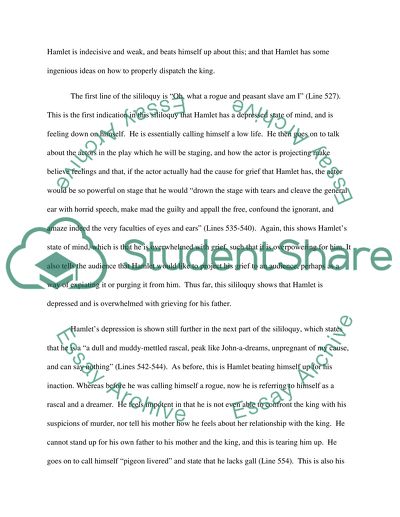Cite this document
(“Hamlet Essay Example | Topics and Well Written Essays - 1500 words”, n.d.)
Retrieved from https://studentshare.org/literature/1394712-hamlet
Retrieved from https://studentshare.org/literature/1394712-hamlet
(Hamlet Essay Example | Topics and Well Written Essays - 1500 Words)
https://studentshare.org/literature/1394712-hamlet.
https://studentshare.org/literature/1394712-hamlet.
“Hamlet Essay Example | Topics and Well Written Essays - 1500 Words”, n.d. https://studentshare.org/literature/1394712-hamlet.


